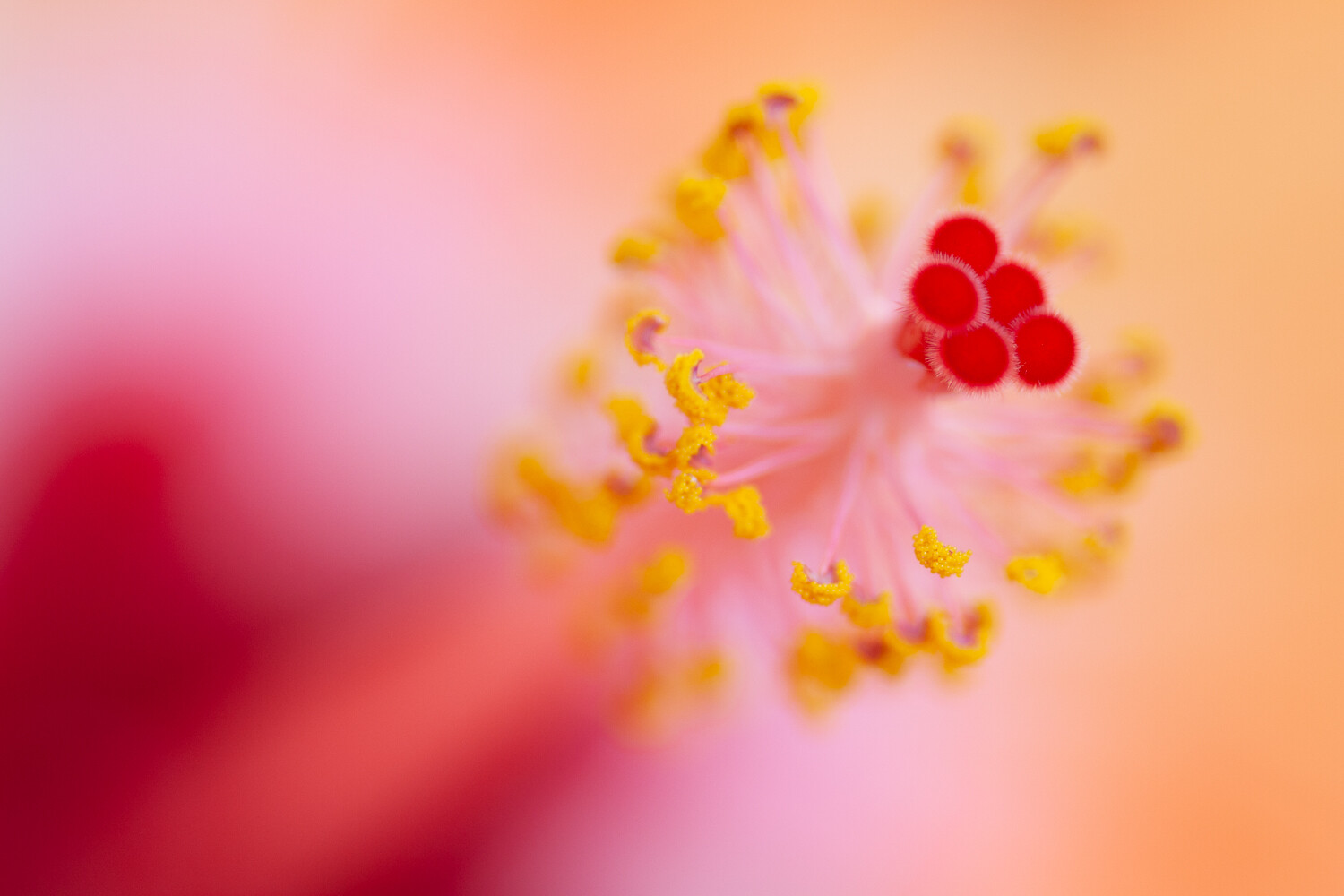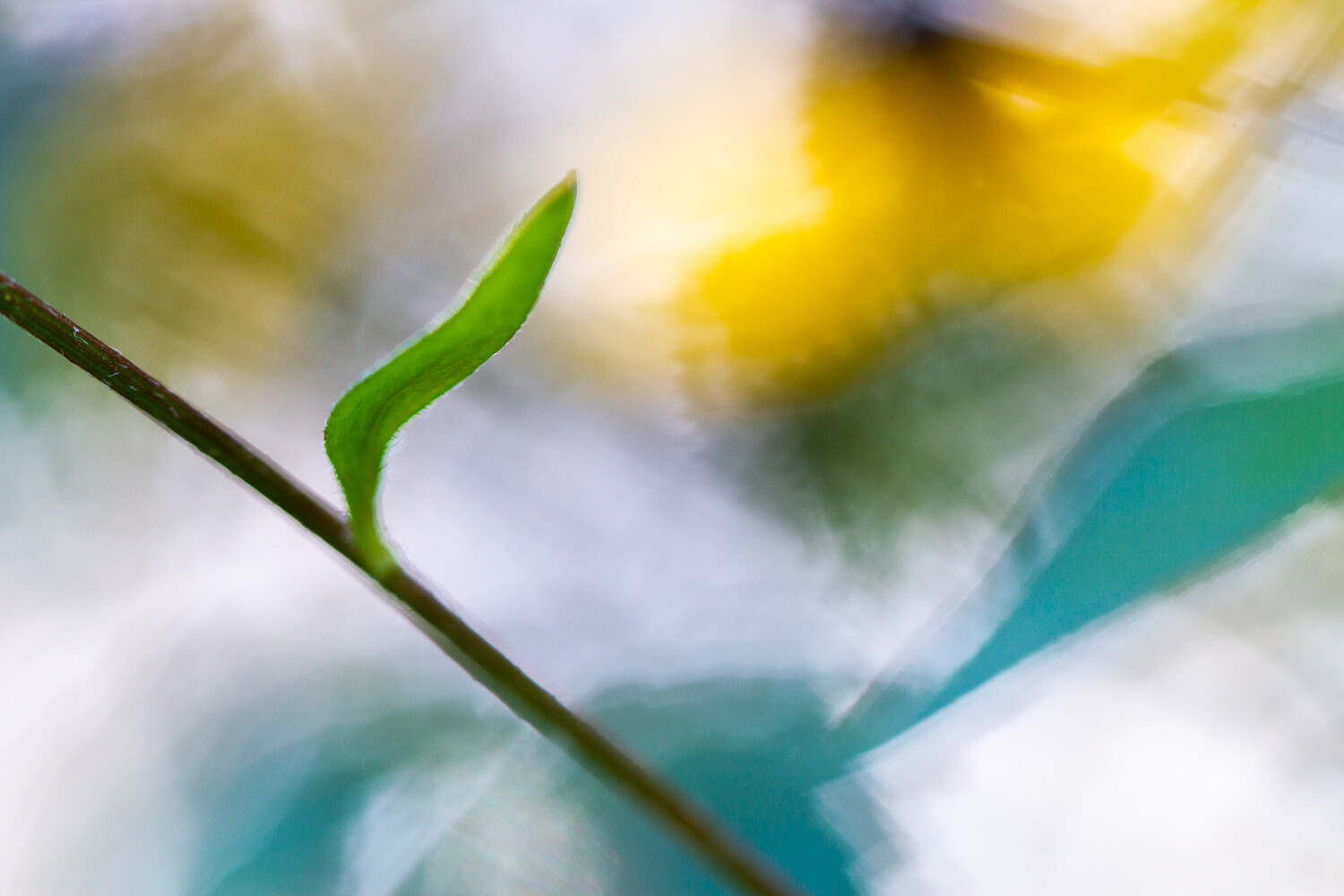The 7 Nature Photography Mistakes You Don’t Know You’re Making
Do you like to do nature photography?Then you might be making these 7 mistakes.

And here’s the thing:
These nature photography mistakes are the kind that you don’t even know you’re making. They’re the type of mistakes that are easy to miss, but they’re absolutely critical to your photography.
To discover these mistakes (and to ensure you never make them again!), read on!
1. Shooting under bad lighting
I’m going to start with the single most critical, most common mistake I see nature photographers making:Shooting in poor lighting conditions.
Because good light is absolutely essential to good nature photography.

In fact, I’d go so far as to say that without good light, you cannot get a good photo. It’s so easy to have the perfect setup, the perfect composition, and the perfect settings…
…only to ruin the shot with bad light.
So what counts as bad light?
Two main situations.
First, shooting under the harsh, midday sun will pretty much always ruin your shots. The midday sun just isn’t good for nature photography!
And second, shooting in low light, at any time of the day. Unless you’re shooting with a tripod, your shots will end up grainy or blurry, which you definitely don’t want.
Which begs the question:
What is good light?
I recommend that you do nature photography at two main times.
First, you can capture some great nature photography under cloudy skies. Cloudy light is especially great for photography that involves color because the clouds diffuse the light and saturate the colors.

Second, you can always rely on the golden hours, which are the two hours after sunrise and before sunset. Golden-hour light is warm, wonderful and, well, golden. It’s perfect for capturing that stunning, once-in-a-lifetime shot.
In fact, most of the best nature photography you’ve seen was probably taken during golden hour. It’s just that amazing!
2. Shooting your subject from a standing height
Here’s another common nature photography mistake:Not paying attention to your angle!
(More specifically, photographing from a standing height, so that you’re shooting down toward your subject.)
This is especially problematic in wildlife and macro photography, where shooting downward conveys a sense of dominance and separation.
Instead of shooting downward, try to get on a level with your subject. That way, the viewer will feel much more connected, like they’re in the same world as your subject.

And don’t just shoot from a single angle. Try to experiment with different possibilities, and
take note of the way a different angle results in a different nature photo.
This is a great way to get out of a creative rut: Force yourself to shoot a subject from an angle you’ve never used before. Get on the ground and shoot upward!
3. Using a (slightly) messy background
In nature photography, the background is absolutely essential.If you don’t include the perfect background, then your photos just won’t stun the viewer.
And one of the easiest mistakes to make is using a messy background.
You’ve got to do everything you can to avoid the mess. You must avoid chaos. Instead, you need to produce a background that’s as simple as possible:
- Uniform in color
- No additional subjects
- No lines or shapes

Your goal is to make your subject stand out. And to do that, you have to eliminate everything that’s unnecessary in the background. Only include the essentials.
4. Photographing low-quality subjects
Once you’ve found a subject……do you check to make sure that it’s not damaged, dirty, or poor quality?
It’s so easy to forget this step. And yet it’s critical to capturing a stunning nature photo.
I recommend you always do a quick evaluation of your subject.
If it’s a flower, then you’ll want to ask yourself:
- Are there any blemishes or holes?
- Are there any spots of dirt or mud?
- Are there any insects in the center of the flower?

If it’s a landscape, then think about:
- Whether there’s any litter or human-made items
- Whether your foreground subject is damaged
5. Not including a point of focus in your compositions
This is another quick way to ruin a great nature photo.Because basically, every composition must have a point of focus.
By this, I mean that you must include a subject. Something that viewers can latch onto. The subject can be whatever you like (as long as it’s there!).

If you’re shooting landscapes, then try to include a subject in both the foreground and the background. Ideally, the foreground subject will lead the eye to the background.
If you’re shooting wildlife, then your subject is pretty much guaranteed. Just make sure that you emphasize the wildlife in your photo!
And if you’re shooting macro photos, then make sure that an aspect of your subject is tack-sharp, so that your viewer’s eyes go straight to it.
6. Shooting low-contrast scenes
This mistake is a bit more advanced, but still important to keep in mind.When you’re doing nature photography, you should strive to avoid ultra-low contrast scenes.
By ‘low-contrast scenes,’ I’m referring to those with very little variation in tone (that is, lights and darks) and color.
A low-contrast scene might be almost entirely white.
Or it might be entirely red, or blue, or black.
What’s the problem with low-contrast scenes?
The lack of contrast makes every element blend in. So no single element stands out, and the photo becomes boring.
Which is exactly what you want to avoid.
Instead, look for scenes where the subject pops off the background. And look for scenes where you have some nice shadows and nice highlights.

I should note: It is possible to use low-contrast scenes for an artistic effect. But you have to do it deliberately, and it’s extremely easy to mess it up.
So I recommend you stick to high-contrast scenes. That’s how you’ll avoid low-contrast issues!
7. Not post-processing your nature photos
There are three fundamental aspects of every nature photo. They are:- Light
- Composition
- Post-Processing
But we haven’t talked about post-processing. And here’s the thing:
Without post-processing, your nature photos just won’t stand out. Because editing is what adds that finishing touch, that last bit of shine, to your nature photography.

Now, you don’t have to do much editing. But there are a few things I recommend you do to every photo:
- Check the exposure. It’s especially common to let your photos remain underexposed. So make sure that the shadows in your photo still look nice and detailed.
- Check the contrast. In general, I recommend boosting the contrast of your nature photos. This gives an extra bit of punch and will help your images stand out.
- Check the saturation. While it’s easy to overdo this step, a little bit of saturation goes a long way. You want your colors to look deep, but natural.

Nature photography mistakes: conclusion
Now you should know all about these seven deadly nature photography mistakes.And you’re prepared to avoid them!
The key is to just keep a lookout. Maybe even create a checklist.

Then, when you’re shooting in the field, you’ll make sure that none of these happens, and your photography will turn out better than ever.
Have any nature photography mistakes that I didn’t discuss? Share them in the comments!
Share this article.

































